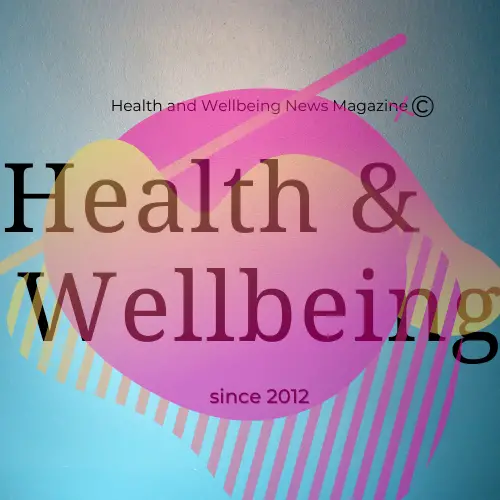Cervical spondylosis, a common condition affecting the neck, often brings stiffness, pain, and discomfort. While it’s a natural consequence of aging, understanding its causes, symptoms, and management options can empower you to find relief and maintain neck health.
What is cervical spondylosis?

Cervical spondylosis is a general term encompassing age-related wear and tear affecting the spinal discs in your neck. These discs, acting as cushions between bones, naturally dehydrate and shrink over time. This process can lead to:
- Osteoarthritis: Degeneration of the joint cartilage in the neck.
- Bone spurs: Bony growths along the edges of the vertebrae (neck bones).
- Narrowed spinal canal: The space where the spinal cord runs can become narrower due to disc degeneration and bone spurs.
What are the symptoms of cervical spondylosis?
While some people experience no symptoms, others might face:
- Neck pain and stiffness: This is the most common symptom, often radiating to the shoulders and arms.
- Headaches: Dull or throbbing headaches, particularly in the back of the head.
- Numbness and tingling: These sensations can occur in the hands, arms, fingers, or even the face.
- Muscle weakness: Difficulty gripping objects or experiencing clumsiness in the hands.
- Balance problems: In severe cases, balance and coordination can be affected.
Causes of Cervical Spondylosis
Cervical spondylosis develops as a result of age-related changes in the spine, including:
- Degeneration of spinal disks due to dehydration and shrinkage
- Formation of bone spurs along the edges of vertebrae
- Weakening of ligaments and tendons supporting the spine
- Loss of cartilage between vertebrae, leading to friction and inflammation
Diagnosis of Cervical Spondylosis
Diagnosing cervical spondylosis typically involves a physical examination, medical history review, and imaging tests such as X-rays, MRI, or CT scans. These tests help assess the extent of degeneration in the cervical spine and identify any associated complications such as nerve compression or spinal cord injury.
Treatment of Cervical Spondylosis
Treatment for cervical spondylosis aims to alleviate symptoms, prevent further degeneration, and improve overall spinal health. Common treatment options may include:
- Medications such as nonsteroidal anti-inflammatory drugs (NSAIDs) to reduce pain and inflammation
- Physical therapy to strengthen neck muscles and improve flexibility
- Neck braces or cervical collars to provide support and reduce strain on the neck
- Corticosteroid injections to alleviate pain and inflammation in the affected area
- Lifestyle modifications such as maintaining good posture, avoiding excessive neck strain, and practicing relaxation techniques
Prevention and Management
To prevent worsening of cervical spondylosis and manage symptoms effectively, individuals should:
- Practice good posture and ergonomics, especially when sitting or working at a desk
- Avoid activities that strain the neck, such as heavy lifting or repetitive neck movements
- Use supportive pillows and mattresses to maintain proper spinal alignment during sleep
- Stay physically active with low-impact exercises to improve neck strength and flexibility
- Avoid smoking and maintain a healthy weight to reduce stress on the spine
How do you fix cervical spondylosis?
Treatment depends on the severity of your symptoms and may involve:
- Conservative measures: Lifestyle modifications like posture improvement, physical therapy, over-the-counter pain relievers, and heat/ice therapy can provide relief.
- Medications: Prescription muscle relaxants or pain medications might be needed in specific cases.
- Injections: Steroid injections can reduce inflammation in the affected area.
- Surgery: In rare cases, surgery might be considered to remove bone spurs or relieve pressure on the spinal cord.
What not to do when you have cervical spondylosis?
Certain activities can aggravate the condition:
- Maintaining poor posture: Slouching or hunching can put strain on your neck.
- Lifting heavy objects: Excessive strain can worsen symptoms.
- Repetitive motions: Activities like prolonged computer use can contribute to stiffness and pain.
What does spondylosis pain feel like?
The pain associated with cervical spondylosis can vary:
- Dull ache: A constant, throbbing pain in the neck, shoulders, or head.
- Sharp pain: Sudden jabs or shooting pains that can be intense and debilitating.
- Burning sensation: A burning or tingling feeling in the affected areas.





